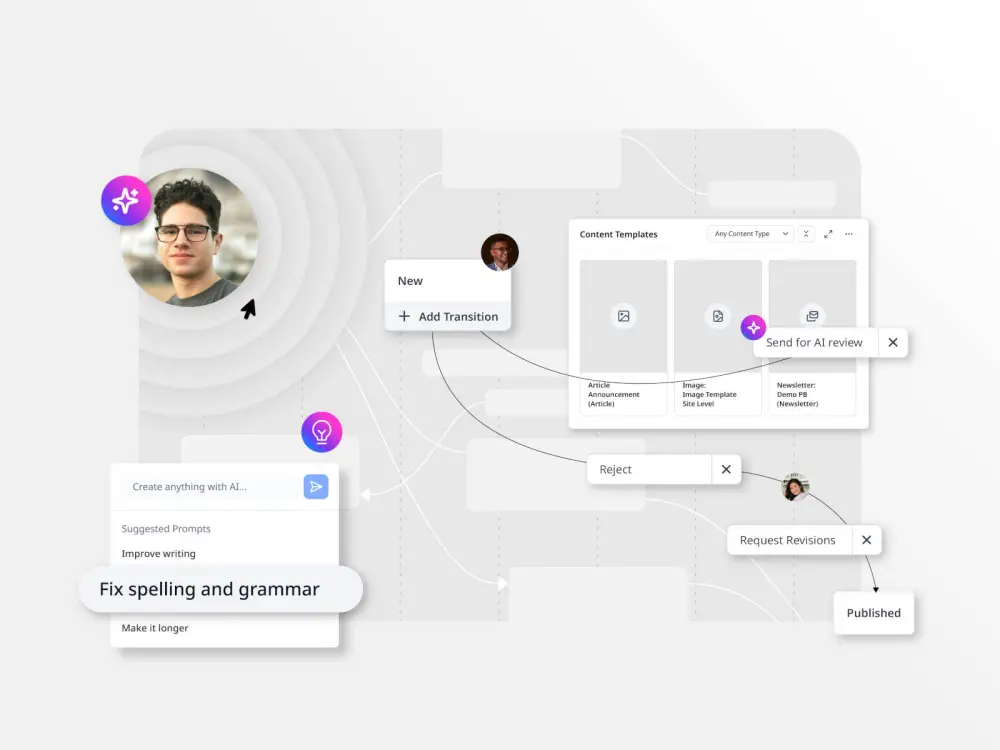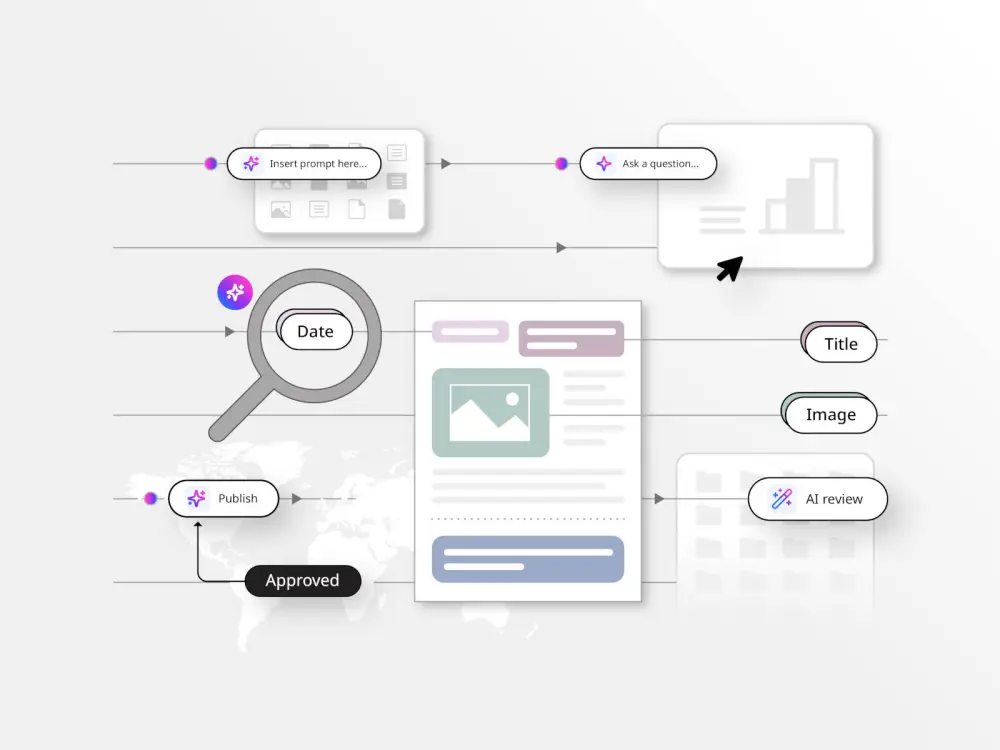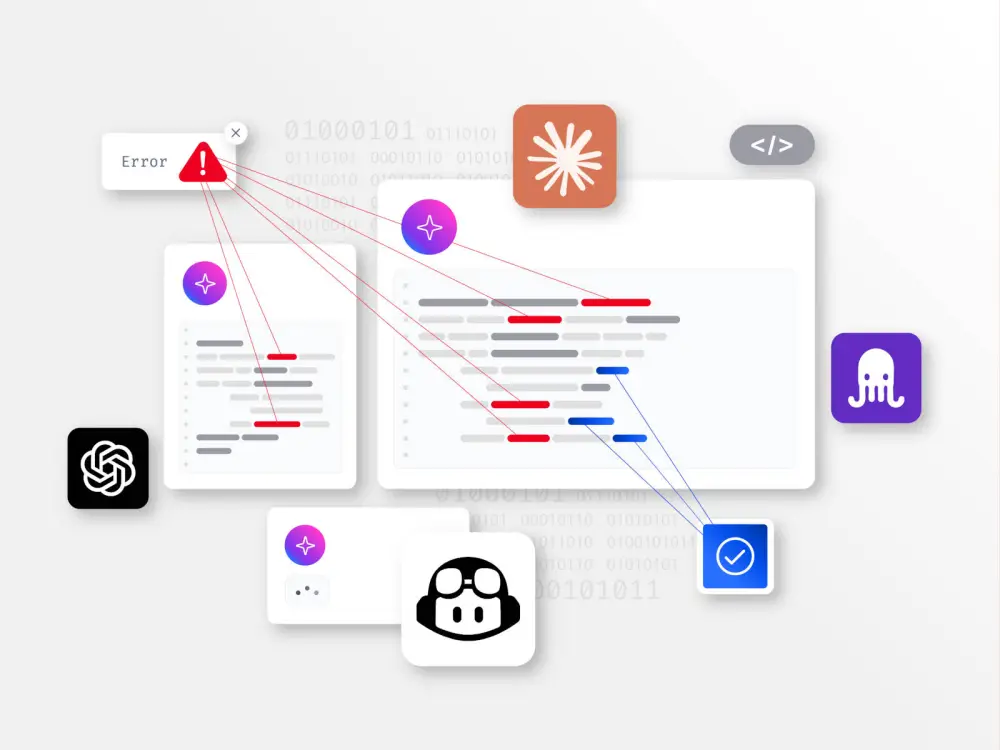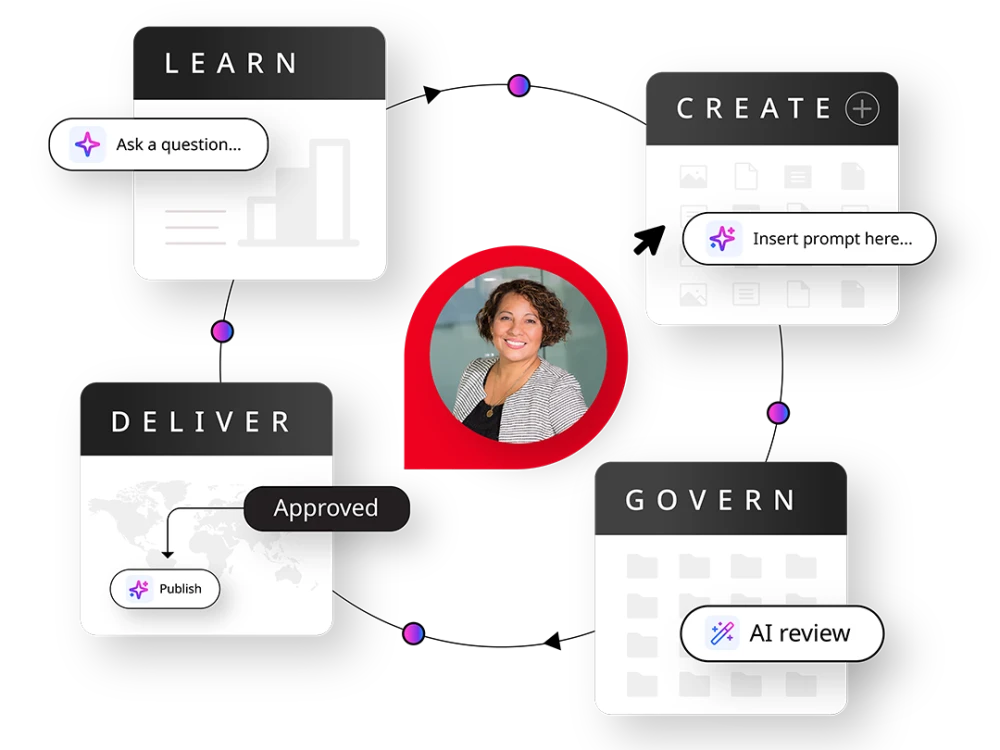Feedback loop participation
Feedback loop participation measures how actively your content is being ingested by AI models during ongoing retraining or updates. As models like Perplexity, Google SGE and OpenAI’s tools evolve, fresh content can shape future responses — whether you realize it or not.
Here’s something most teams don’t realize: AI models don’t just train once and stay frozen forever. Many LLMs are beginning to continuously retrain, fine-tune or incorporate fresh data sources post-launch.
This means your content may already be feeding back into the machine, becoming part of future AI responses whether you realize it or not.
This ongoing dynamic is what we’re calling feedback loop participation.
- Long-term influence: Content that gets regularly ingested during retraining can become part of the model’s deeper knowledge base, making it more likely to surface across future queries.
- Compounding authority: The more consistently your content is used and trusted, the more likely models are to reinforce that trust over time.
- Model evolution risk: If your competitors are feeding these loops more effectively than you are, your historical authority can decay — even if you were winning early.
- Perplexity: Continuously fetches live web content, which feeds retrieval-augmented generation (RAG) systems.
- Google SGE: Actively blends live search results with generative outputs, influencing future search behavior.
- OpenAI (ChatGPT with browsing / custom models): While core models may be more static, plugins, custom GPTs and fine-tuning options introduce ongoing data shifts.
- Anthropic (Claude): Currently less transparent but expected to incorporate periodic updates.
- Open-source models: Many fine-tuning community models continuously update based on live web scrapes.
In other words: the training never fully stops.
- Consistently publish authoritative content: The more often you update, expand and refine your thought leadership, the more frequently it gets picked up in ongoing crawls.
- Diversify your content distribution: Models pull from more than just your blog — forums, Reddit threads, research publications and UGC platforms are all valuable data sources.
- Engage in topical discussions: Participate in industry conversations on platforms that are indexed or scraped for model updates (e.g., Reddit, Stack Overflow, Quora, X and public Slack communities).
- Monitor crawl activity: Use server log analysis to spot increasing visits from AI crawler bots (like GPTBot, CCBot, ClaudeBot, Google-Extended, etc.). More bot activity often means more participation.
Why this is a long-game play
Think of feedback loop participation as the AI version of domain authority. You want your content not just visible today, but constantly influencing tomorrow’s models as they evolve.
By feeding the machine with high-quality, well-structured, frequently updated information, you position your brand as a durable source of truth — not just a temporary mention.






